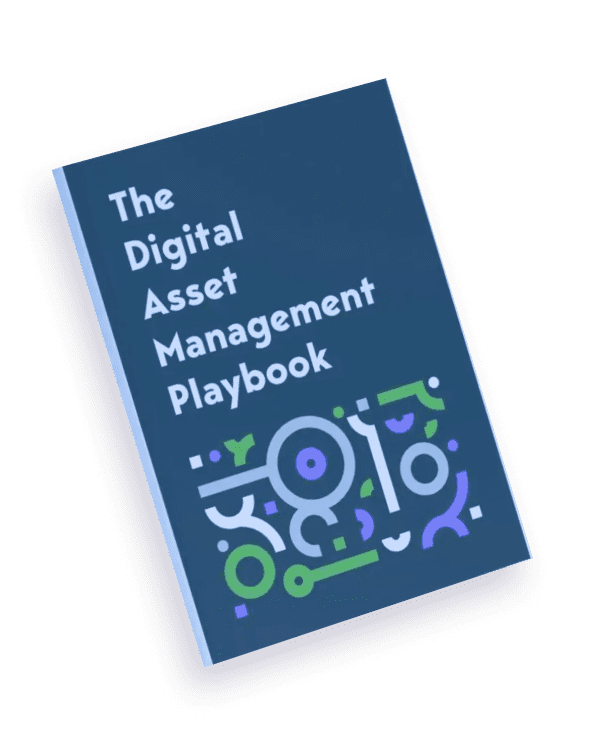Brand asset management (BAM) is crucial for maintaining and enhancing a company’s brand identity and consistency.
At its core, BAM involves organising, storing, and distributing all your brand assets, ensuring that your brand’s identity remains cohesive and recognisable across all channels.
The significance of brand asset management cannot be overstated. In the digital era, where brands communicate through various platforms and media, a consistent brand presence is essential.
BAM helps ensure that all digital assets, from logos and images to marketing materials, adhere to the brand guidelines and accurately represent the brand’s unique voice.
This consistency not only strengthens brand recognition but also builds trust with both internal and external stakeholders.
This post highlights what brand asset management entails and how to leverage it effectively for your business.
By the end of this article, you will understand how to use digital asset management software and platforms to organise your brand’s assets, streamline your branding efforts, and maintain a consistent brand identity.
We will discuss key features of effective brand asset management, the benefits of using a centralised platform, and how BAM facilitates team collaboration and maintains brand consistency.
Whether you’re a brand manager looking to improve your brand management practises or a member of a marketing team aiming to keep your branding consistent, this guide will provide valuable insights.
Read on for everything you need to now about managing brand assets.
Understanding Brand Asset Management
Brand asset management (BAM) is essential for maintaining a consistent and cohesive brand identity across various platforms.
Today, managing brand assets is key for maintaining brand integrity and maximising brand image.
This section discusses what BAM entails and the key components that make it successful.
What is Brand Asset Management?
Brand asset management (BAM) is a strategic approach to managing a company’s brand assets efficiently and effectively.
These assets include logos, colour palettes, fonts, images, videos, marketing materials, and other elements representing the brand’s image and values.
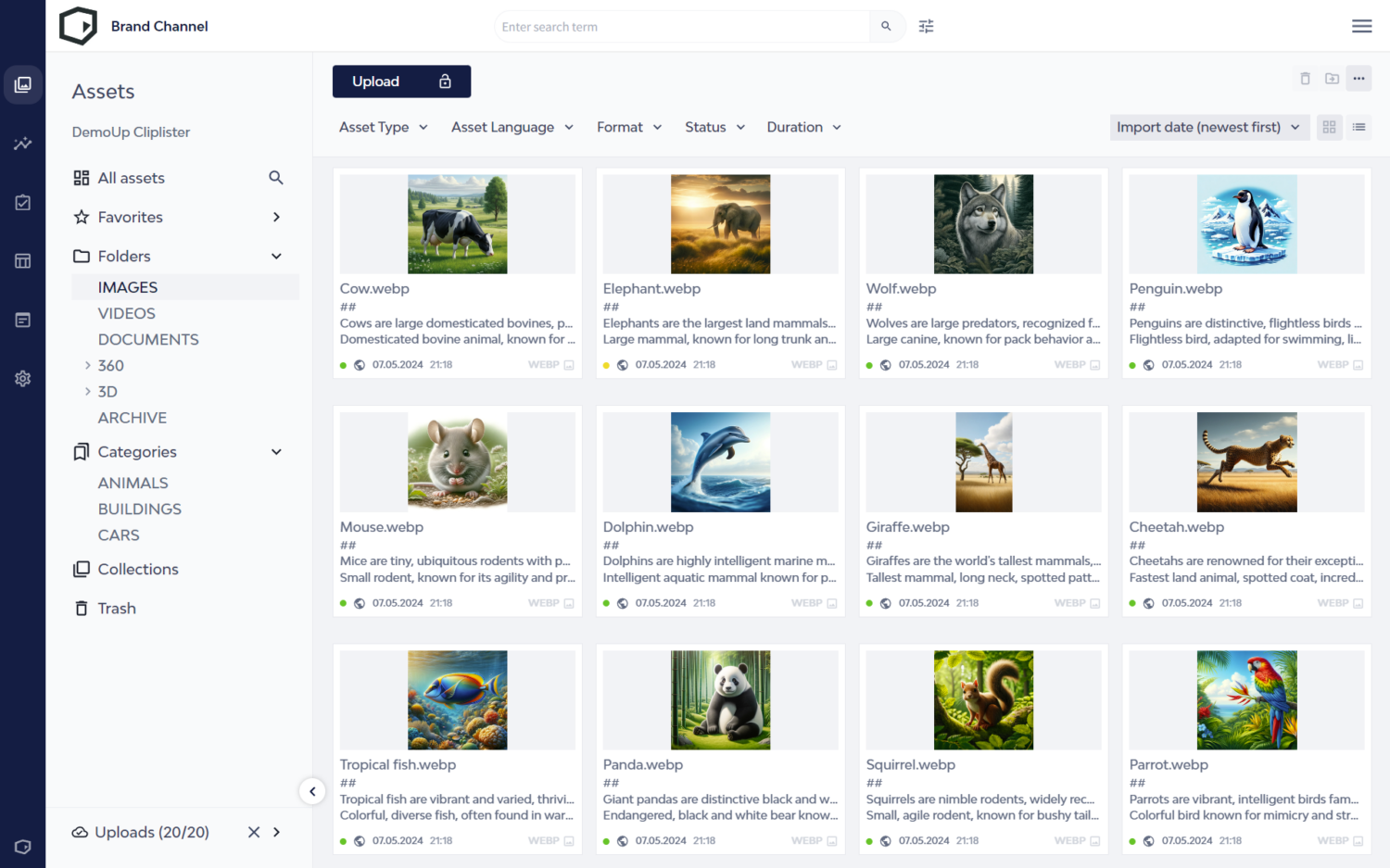
The goal of BAM is to ensure that all brand elements are used consistently across all platforms and by all stakeholders, maintaining the brand’s integrity and brand consistency.
In the digital era, handling brand assets has become increasingly crucial. With the the need for instant communication, companies must maintain a cohesive brand identity.
Consistent use of brand guidelines across various media helps to reinforce the brand’s message and makes it instantly recognisable to consumers.
Mismanagement of brand assets can lead to inconsistent branding, confused customers and diluted brand value.
Key Components of Brand Asset Management
This section examines the most important aspects of managing brand assets.
Centralisation
One of the essential elements of BAM is using brand asset management software or platforms. These tools provide a central location for storing, organising, and distributing brand assets.
This central location ensures that everyone involved in the brand’s communication, from the marketing teams to the sales team and even external stakeholders, has access to the correct versions of all assets.
Brand Guidelines
Brand guidelines are another critical component. These rules and standards define how the brand should be presented.
Clear and customisable brand guidelines help maintain brand consistency by providing detailed instructions on the correct usage of logos, colour schemes, fonts, and other visual elements.
By adhering to these guidelines, companies can ensure their brand remains instantly recognisable across all platforms and media.
Digital Asset Management
Digital assets like images, videos, and other files are also integral to BAM. Managing these assets effectively requires a robust digital asset management system with the ability to edit and store comprehensive metadata.
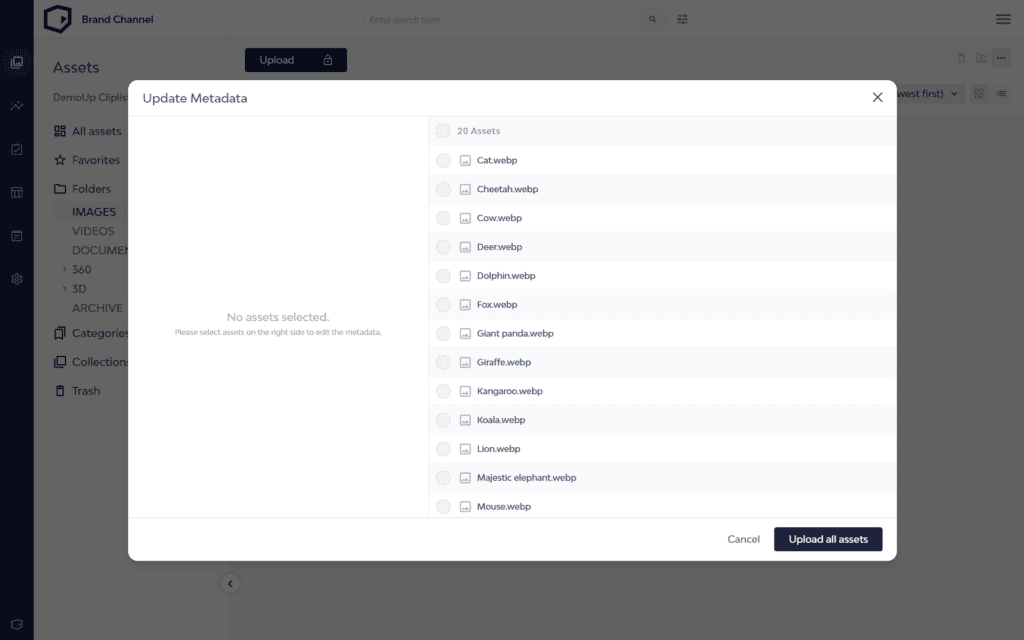
This system allows for secure storage, easy retrieval, and proper control of all digital files.
It also helps to restrict access to sensitive materials, ensuring that only authorised personnel can make changes or approve the use of specific assets. This control helps in maintaining the integrity of the brand.
Collaboration
Efficient brand asset management also involves facilitating team collaboration. Different teams can work seamlessly on branded projects with a BAM system.
This collaboration is essential for ensuring that all aspects of a campaign align with the brand’s core values and identity.
Search
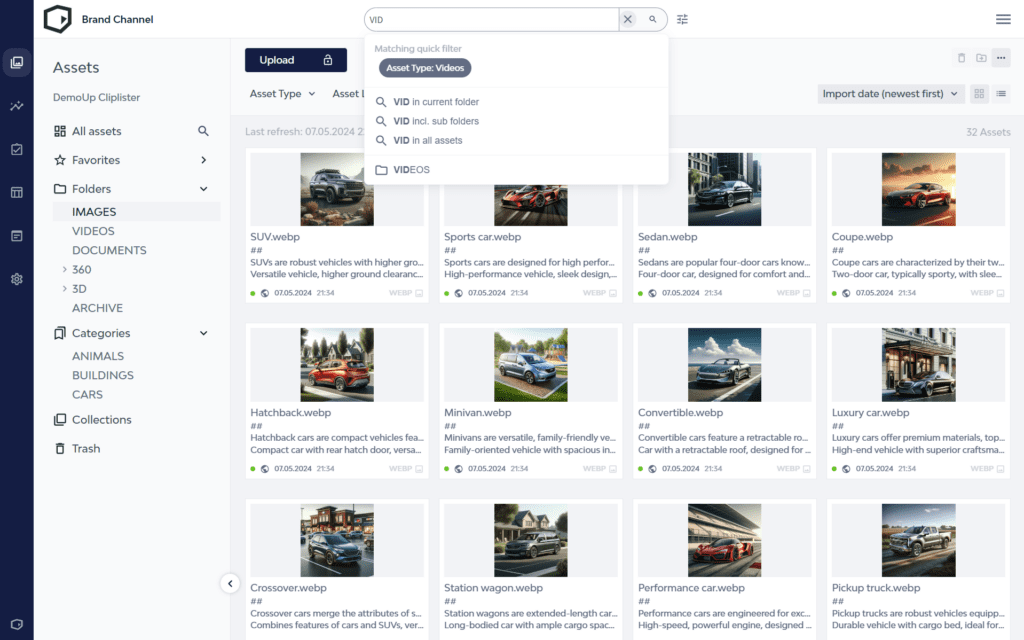
Additionally, a well-implemented BAM system can reduce the time employees spend searching for assets, allowing them to focus more on creative and strategic tasks.
Branded Template Management
Moreover, a comprehensive BAM approach includes the management of branded templates and other media files.
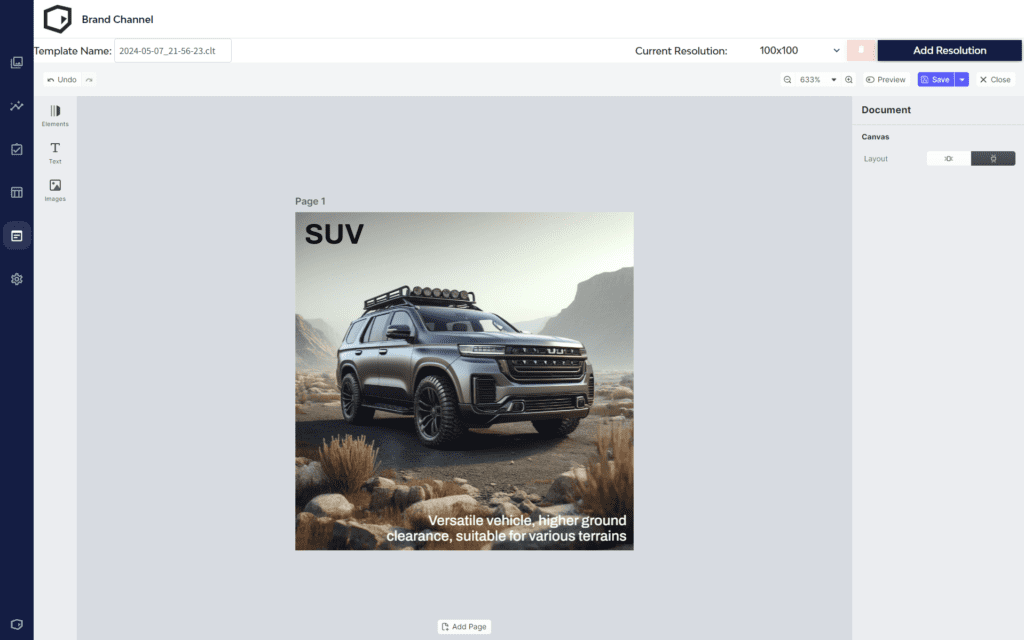
These templates ensure that all branded communications, from social media posts to presentations, maintain a consistent look and feel.
Benefits of Effective Brand Asset Management
Efficient brand asset management (BAM) offers numerous benefits that significantly impact a company’s overall branding strategy and operational efficiency. By maintaining a structured approach to handling brand assets, businesses can enhance consistency, collaboration, and their brand’s value.
Maintaining Brand Consistency
One of the primary advantages of a brand asset management system is its ability to uphold brand consistency across all digital channels. Consistent branding ensures that the company’s identity remains cohesive, reinforcing the brand’s recognition and trustworthiness.
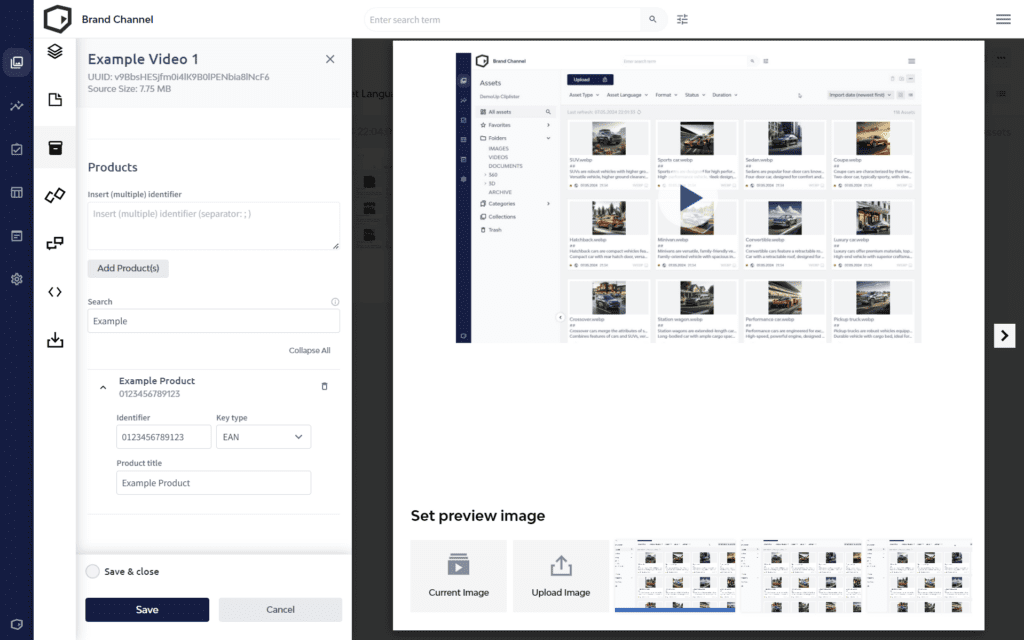
BAM helps brand managers store and organise various digital assets, such as logos, images, and brand guidelines, ensuring that everyone involved in the brand’s communication uses the correct and updated materials.
By using a brand asset management platform, businesses can ensure that their branding is uniform across social media, websites, marketing campaigns, and other digital touchpoints.
This uniformity is crucial, as it helps establish a strong brand identity that consumers can easily recognise and trust.
Improving Team Collaboration
A BAM system plays a vital role in improving team collaboration.
It enables users, including marketing teams and brand managers, to work seamlessly by providing a centralised platform where all brand materials are stored and accessible.
This centralisation means that internal teams and external stakeholders, such as agencies and partners, can easily access the right brand assets when needed.
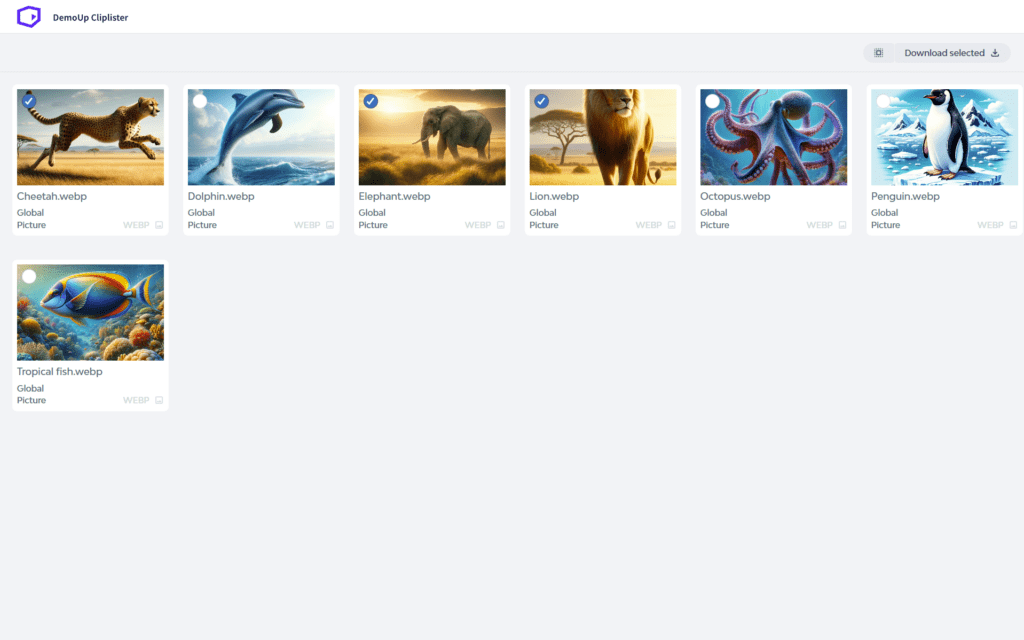
The collaborative nature of BAM ensures that everyone is on the same page, reducing the chances of miscommunication and errors.
With features like approval processes, BAM software helps teams maintain control over the brand’s image and message, ensuring that all communications are aligned with the brand’s guidelines.
Enhancing Brand Value and Integrity
BAM significantly contributes to enhancing a brand’s value and integrity. Ensuring brand guidelines are followed strictly and consistently allows businesses to reinforce their core values and maintain brand integrity. A well-managed brand looks professional and builds trust and loyalty among consumers.
For example, a BAM system efficiently supports the brand’s integrity by storing and organising various digital assets.
This organisation helps build a recognisable brand, ensuring that all branded materials used across different channels are consistent and aligned with the brand’s identity.
Additionally, having clear brand guidelines and a vast library of brand-specific information aids in creating experiential elements that resonate with the target audience, further solidifying the brand’s presence in the market.
Setting Up a Brand Asset Management System
Introducing a brand asset management (BAM) system can significantly streamline your brand’s operations, ensuring that all brand assets are well-organised and easily accessible. This section will guide you through the essential steps to effectively set up a BAM system.
Choosing the Right BAM Software
Selecting the appropriate brand management software is the first critical step. Start by identifying your needs and the scale of your brand management operations.
Look for software that supports various digital asset management capabilities, including version control and secure storage.
Key features include user-friendly interfaces, robust security measures, and customisable asset management workflows.
Ensure the software supports easy sharing of branded assets while maintaining brand consistency.
Integration capabilities with existing systems and tools are vital to creating a seamless workflow. Finally, prioritise software that offers reliable customer support and regular updates to adapt to evolving needs.
For more information, read our article on how to choose a digital asset management system.
Implementing a BAM System
Once you have chosen the right software, the next step is implementing the brand asset management system.
Begin by setting up and customising the software to align with your brand guidelines. This involves defining user roles and permissions to ensure that only authorised personnel can access and modify the company’s assets.
Establish a clear process for uploading and categorising new brand assets. Create a standardised naming convention to make searching for assets straightforward.
Customise the approval workflows to fit your organisational structure, ensuring all brand assets are reviewed and approved before making them available. This helps in upholding brand consistency across all materials.
You can see our digital asset management implementation guide here.
Organising Your Brand Assets
Effective organisation of your brand assets is crucial for easy access and management. Start by categorising assets based on type, such as logos, images, videos, and documents.
Within these categories, further organise assets by campaign, project, or department to simplify navigation.
Implement version control to track changes and updates to assets. This ensures that everyone is using the most current and consistent brand assets.
Safe storage is also essential; ensure that all assets are stored safely, with regular backups and correct user permissions, to prevent data loss.
Regularly audit and ‘clean up’ the asset library to remove outdated or unused assets. This keeps the system clutter-free and efficient.
Training your team on how to use the BAM system effectively will maximise its potential, enabling users to access assets quickly and maintain a brand recognisable across all platforms.
Leveraging Brand Asset Management for Success
Leveraging brand asset management (BAM) can significantly enhance your organisation’s ability to maintain its brand consistency and streamline workflows.
This section will examine two critical aspects: ensuring brand consistency across teams and streamlining approval procedures.
Ensuring Brand Consistency Across Teams
One of the key benefits of effective BAM is ensuring brand consistency across all teams. Implementing brand management software helps you centralise your brand assets and make them easily accessible to all team members. This helps everyone stay on the same page and adhere to brand guidelines.
Establish clear protocols for using existing brand assets for consistent branding in all projects. Provide detailed guidelines on logo usage, colour schemes, typography, and tone of voice.
Regular training sessions can reinforce these standards, ensuring every team member understands and applies them correctly.
Streamlining Approval Processes
Streamlining approval procedures is another significant advantage of BAM. Efficient approval workflows are essential for maintaining control over branding efforts.
With a digital asset management system, you can set up automated approval chains that notify the relevant stakeholders when action is needed. This reduces bottlenecks and accelerates project timelines.
Best practices for efficient approval procedures include defining clear roles and responsibilities, setting deadlines for each approval stage, integrating DAM with content approval software, and using collaborative tools that allow real-time feedback.
BAM systems enable you to monitor and manage these processes effectively, ensuring all brand assets meet the required standards before publication.
Sharing and Accessing Brand Assets
Sharing and accessing brand assets efficiently is crucial for seamless collaboration between marketing teams and external stakeholders.
BAM systems facilitate the secure sharing of assets by providing controlled access to digital libraries. This ensures that team members and partners can easily find and use the correct brand assets.
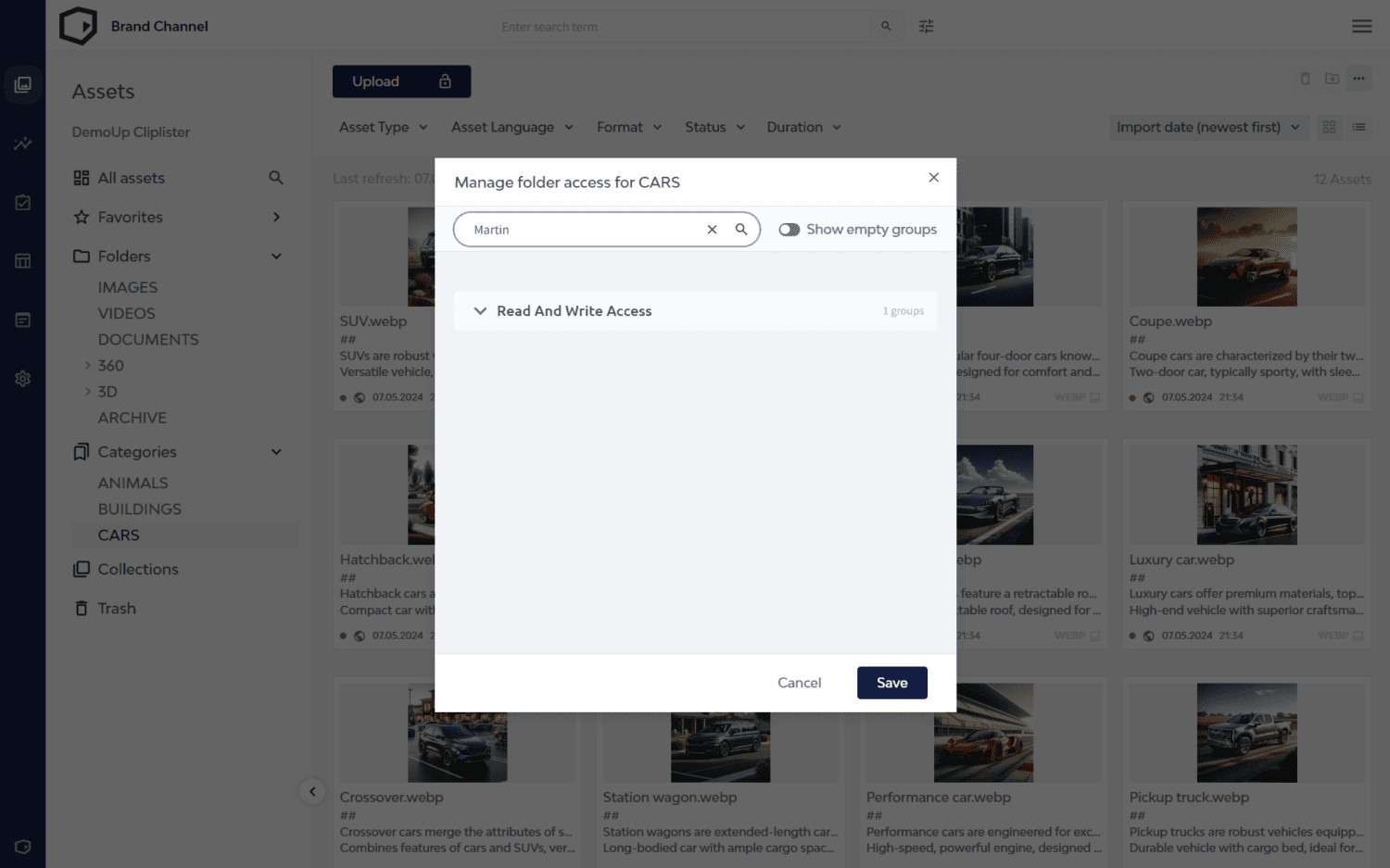
Maintaining restricted access and safe storage is important to protect brand assets from unauthorised use.
Implementing permission levels within your BAM system allows you to control who can view, edit, or download specific assets. Regular access permissions and storage security protocol audits can help safeguard your brand’s integrity.
Conclusion
Efficient brand asset management is crucial for maintaining a strong and consistent brand identity. By implementing robust BAM strategies, businesses can ensure their existing brand assets are used efficiently and effectively.
Proper brand management helps to keep all digital asset management systems organised and accessible.
Now is the time to take action. Strengthening your brand with effective brand management software will allow you to easily share branded assets and ensure your brand stand remains strong.
If you need further guidance, we offer a free consultation to help you leverage BAM to its fullest potential.
Invest in your brand assets today to build a resilient and recognisable brand. Book a free consultation and start maximising the potential of your different brand assets.
Frequently Asked Questions
For those looking to deepen their understanding of BAM, this FAQ section will address common queries. Find more detailed insights in our blog and visit our homepage for additional resources.
BAM involves the organisation, storage, and retrieval of a company’s brand assets. These assets can include logos, promotional materials, and other elements supporting brand identity. BAM ensures that all brand-related elements are easily accessible and consistently used across all channels.
BAM is crucial for businesses because it ensures consistency and efficiency in brand representation. Companies can streamline their marketing efforts and protect brand integrity by maintaining a centralised system for all brand assets. Effective BAM helps maintain a unified brand stand, which is essential for building customer trust and recognition.
A BAM system manages various assets, including logos, images, videos, promotional materials, and brand guidelines. It’s a comprehensive repository for all elements of a company’s brand. Additionally, BAM systems can manage digital assets like social media content and website design elements, ensuring a cohesive online presence.
A company should start by assessing its current asset management processes to implement an effective BAM system. This includes identifying all brand assets, choosing suitable brand management software, and training employees on how to use the system. A well-implemented BAM system should be user-friendly and scalable to accommodate future growth.
Brand management software offers several benefits: improved efficiency, enhanced collaboration, and better brand consistency. It allows teams to seamlessly access, share, and update brand assets, ensuring everyone agrees. Additionally, a BAM program can provide analytics and insights into asset usage, helping businesses optimise their branding strategies.
BAM plays a vital role in a company’s overall strategy by ensuring that brand messaging is consistent across all platforms. This consistency helps in building a strong brand image and enhances customer loyalty. By integrating BAM into the company’s strategy, businesses can ensure that all marketing efforts are aligned with the brand’s primary values and objectives.
Yes, most brand management software can integrate with other business tools, such as project management software, content management systems, and digital asset management systems. This integration helps create a seamless workflow and ensures that all brand-related tasks are efficiently managed. Integration with other tools also facilitates better collaboration among different teams within the organisation.

